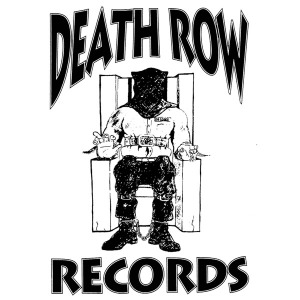Radiohead’s “House of Cards” video was made using Geometric Informatics and Velodyne LIDAR…or as James Montgomery from MTV News put it, “it was made entirely with lasers and fractals and math and stuff”.
He also mentioned that an associate producer over at MTV news proposed that “the ‘Cards’ clip could actually be Radiohead’s loving acknowledgement to the Grid, the high-speed super-Internet currently being developed by scientists at CERN, a particle physics laboratory in Geneva, Switzerland”. How very Matrix. I like it.
For the techy, nerdy, science-y, and curious among you, go to the Google Code page and eat your heart out. You can learn about, you know, data visualization and stuff. Otherwise just watch the video:
You almost have to know the story behind the video to be impressed by it. The technology used is indeed very interesting. And very Radiohead.
In fact, when the makers of the video came across research being done at UCLA for real time 3D recording and had the idea for a video, they immediately sent a proposal to Radiohead’s management, figuring that they would be the only band willing to take that kind of a risk – making a music video without cameras. After all, Radiohead has quite firmly established itself as a pioneer in today’s music industry, has it not?
But if you blindly watch, without knowing the story behind the video, it can be a tad… simplistic. Or to quote James Montgomery once again, “a total triumph in technology, but a decidedly underwhelming experience for the viewer.” Kinda like Winamp skins a la 1999. Yet, if you put on your artistic appreciation hat and keep in mind the made-using-data aspect, it’s pretty damn cool.
To further your appreciation of the feat, watch the making of video below:
As director James Frost notes towards the end, “in a weird way [the video] is a direct reflection of where we are in society… everything is data-driven in some shape or form… our lives are digital.”





